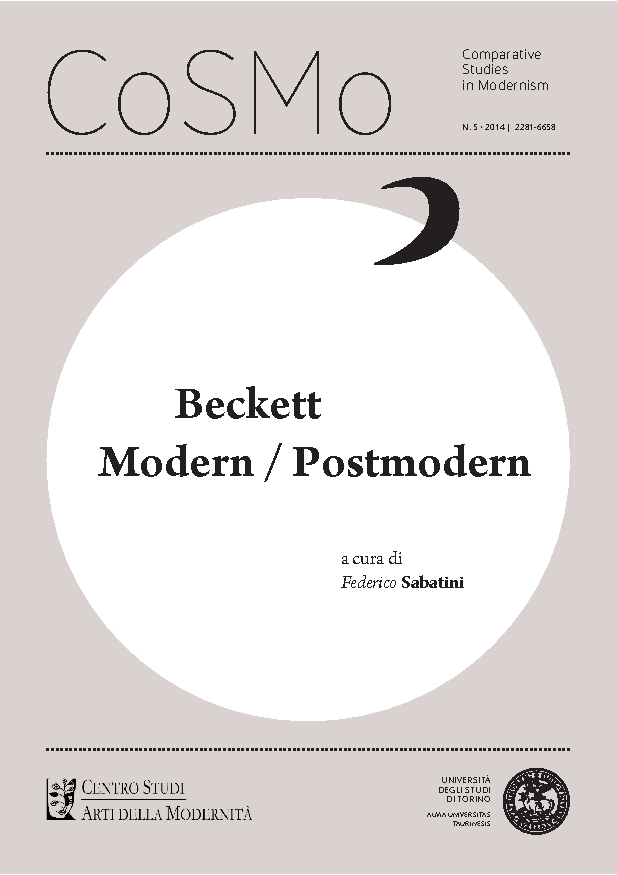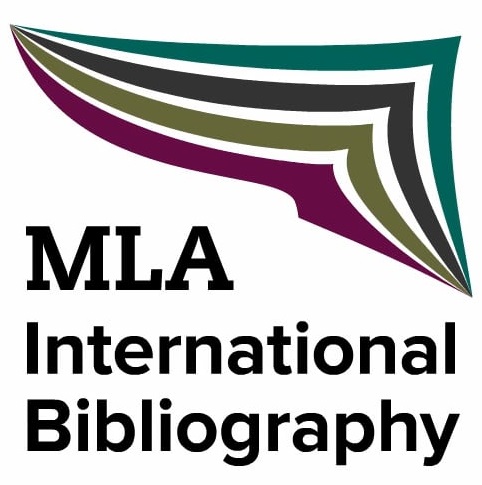Oneness and Plurality of Artistic Means: from Martin Heidegger to Daniel Albright
DOI:
https://doi.org/10.13135/2281-6658/803Keywords:
arte, linguaggio, mondo, estetica, filosofiaAbstract
In Panaesthetics, Daniel Albright surveys the empirical and theoretical contexts of the discipline, Comparative Arts. Albright explores primary issues in art philosophy: the differences among the arts, their interrelations, the autonomy of the artwork, or its dependence on cultural contexts, etc.. His genealogies are diverse and at times, contradictory. From Heidegger he borrows the idea of the artwork being in steady swerving between the world’s linguistic essence and the earth’s silence. From Nancy, he borrows the discourse of the body. Albright’s most thought-provoking ideas emerge from such contradictions
Downloads
Downloads
Published
Issue
Section
License
Authors keep the copyrights for their work and give the journal the work’s first publication copyright, which is at the same time licensed under a Creative Commons License – Attribution, which in turn allows other parties to share the work with an acknowledgement of the work's authorship and initial publication in this journal.
Content Licence

You are free to copy, distribute and transmit the work, and to adapt the work. You must attribute the work in the manner specified by the author or licensor (but not in any way that suggests that they endorse you or your use of the work).
Metadata licence

CoSMo published articles metadata are dedicated to the public domain by waiving all publisher's rights to the work worldwide under copyright law, including all related and neighboring rights, to the extent allowed by law.
You can copy, modify, distribute and perform the work, even for commercial purposes, all without asking permission.





